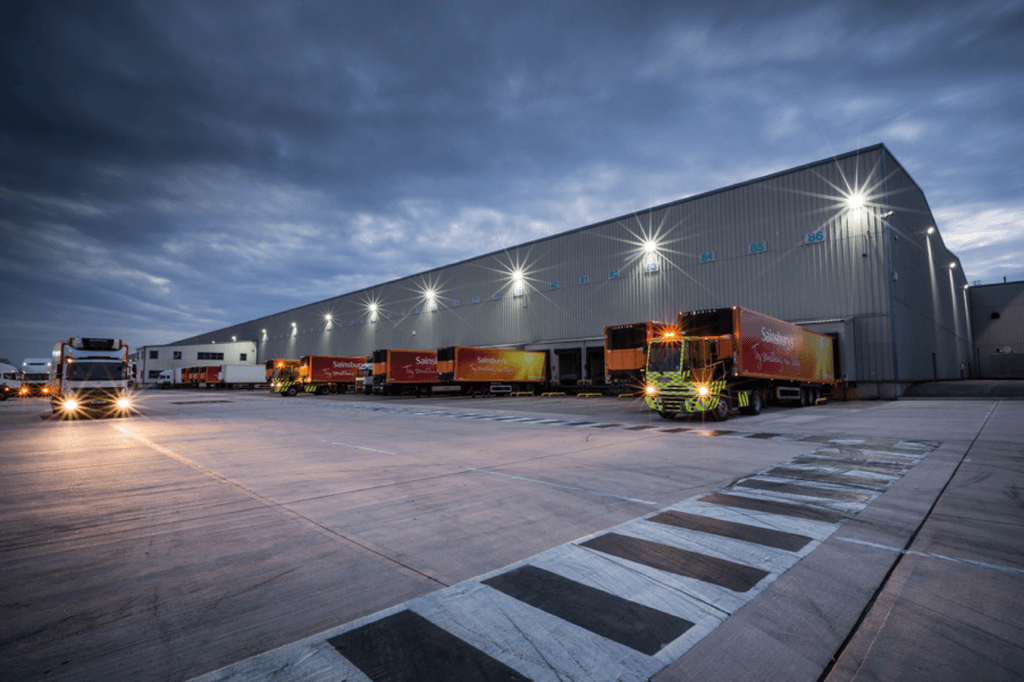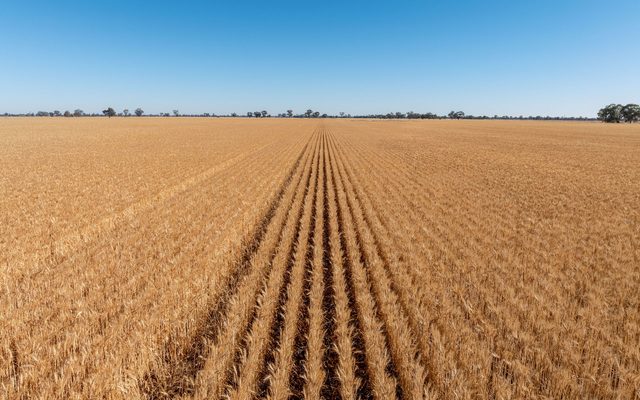This article is from the Australian Property Journal archive
HISTORIC cattle station aggregation Gilgal, in the tightly held South West Slopes of NSW, has been brought to market for only the second time in its 158-year history with a $55 million price tag.
Located five kilometres from Cootamundra, and 75 kilometres from Wagga Wagga, the 3,605-hectare aggregation comprises Gilgal (1,631 hectares), Winona (1,633 hectares) and O’Connors (341 hectares).
It was settled by Samuel Ward in 1865 and was held within the family until it was bought by commercial and seedstock beef cattle producer Palgrove in 2019 for a reported $29 million to $32 million.
Gilgal presents a multi-enterprise opportunity suited to beef breeding and fattening, prime lamb, wool and diverse crop production. Under Palgrove’s ownership, Gilgal has undergone a transformative development program, including pasture improvement and investment in soil health through lime and fertiliser application, fencing and laneway upgrades, and the construction of operational infrastructure.
It is one of the largest contiguous holdings within the South West Slopes region.
Palgrove CEO, Will Heath, said a shift in company strategy to focus on expanding the portfolio in Northern NSW and Queensland had driven the decision to bring Gilgal to market.
“Gilgal is an outstanding parcel of land in a renowned agricultural production area which offers scale, excellent proximity to service centres and livestock and grain marketing facilities, and the ability to produce multiple agricultural commodities.
“However, it is a significant distance from our main portfolio of assets and is no longer aligned with our overarching strategy. Our intention is to reallocate the proceeds of this sale into our expanding asset base in Northern NSW and Queensland, closer to the majority of our clients.”
LAWD marketing agent Col Medway said a defining feature of the asset is flexibility of enterprise, with the mix of fertile red friable loam soils, security of water supply and well-executed strategic development making it equally suited to cattle, sheep and wool, cereal, legume or oil seed production.
“Further, the introduction of grazing wheat and canola varieties to the cropping rotation now underpins a mixed farming production system that has proven climatic resilience due to the diversity of levers available to management to productively and profitably navigate varied seasonal and market conditions.”
Gilgal is divided into 71 main paddocks serviced by a comprehensive laneway system, and benefits from multiple road access points offered by dual frontage to the Olympic Highway.
Its cropping rotation comprises 500 hectares planted to wheat, barley, and oilseeds, while improved pastures include phalaris, fescue, cocksfoot and varieties of clover, to support an carrying capacity of an estimated 34,000 to 38,000 dry sheep equivalents.
Water is drawn from multiple reliable sources encompassing two groundwater bores and several creek systems, including Cunjegong Creek, numerous catchment dams and a reticulated water network.
Working improvements across the aggregation include two raised-board, four-stand woolsheds, covered ProWay sheep yards built in 2018, brand-new ProWay cattle yards, two additional cattle yards, numerous machinery sheds, haysheds, bunded chemical storage, workshops, grain storage and an array of quality fit-for-purpose infrastructure.
Gilgal is also equipped with an on-farm agricultural airstrip.
The aggregation is home to the 1870-constructed five-bedroom, three-bathroom Gilgal Homestead constructed in 1870 by Samuel Ward and meticulously maintained by successive generations of the Ward family and the existing owners. The homestead is set within established landscaped gardens, featuring an inground swimming pool, tennis court and alfresco dining areas, as well as numerous outbuildings including the Gilgal stables.
Further accommodation includes the Winona homestead (five bedrooms), Gilgal cottage (three bedrooms), 5 Mile cottage (four bedrooms) and Frampton cottage (two bedrooms).
Expressions of interest close Thursday, 1st June. Livestock and plant and equipment are also available.





